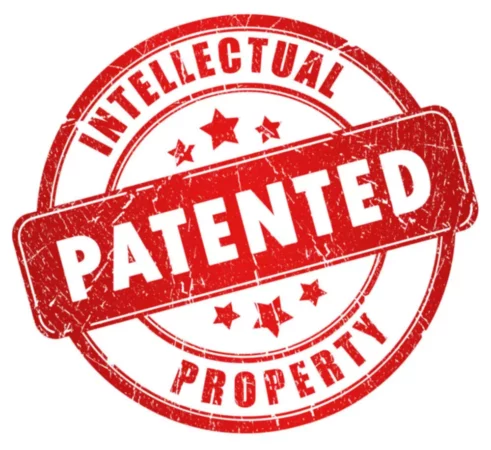What is Amortization?
You might have come across this work in financial statements before, but what exactly does it mean? The definition of amortization is simple. Amortization is a cost allocation process to systematically allocate the cost of long-term intangible assets over their useful life. What is meant by intangible assets? These are assets that the company has that can provide a long-term yield that cannot be physical in nature. Examples of these would be:
- Copyrights
- Patents
- Franchise contracts.
Due to the fact that these intangibles are valuable, they become long-term assets the cost of which is allocated over a period of time. Thus, amortization is a form of deferred expense. We incur the cost for the long-term expense on day one, but we get revenue benefits (indirectly or directly) from the long-term asset over time.
Amortization Accounting
Just like we have Supplies and Supplies Expense, we have Asset and Amortization Expense. However, unlike with the supplies, we do not reduce the Asset account’s balance. Instead, we use an account called Accumulated Amortization to show the decrease of the asset without actually hitting the asset. The Accumulated Amortization is the accumulation of all amortization expense taken since the asset was first acquired. In other words, it is added up every year to the same account.
Accumulated Amortization is a contra-asset account that reduces the value of the intangible asset on the Balance Sheet (Asset side). It works with a particular long-term intangible account to get to the asset’s book value. For example, you would see something like this on the Balance Sheet.
| Patent | $12,000 |
| Accumulated Amortization – Patent | (4,000) |
| Net Patent | $8,000 |
The company bought a patent for $12,000. They owned it for X amount of years, so their accumulated amortization for the patent is $4,000 for that period. Thus, the patent net book value is $8,000. Note that the $8,000 does not necessarily represent its fair value (what you can get in the market if you tried to sell it). It represents what we believe that is valued at on our books. It might be worth much more or it might be worth much less because it is an intangible asset that cannot be used outside the company that actually filed the patent.

We would also like to bring it to your attention that some intangible assets are not amortized, rather, they are checked to see if the asset is impaired. A great example of this is the company’s logo. The logo does not have a life per se and can go for ten, twenty, one hundred years, and so on (in comparison to a patent).
What management would do is check it for impairment every to see if there is lost value. If nothing has really happened and it is still valuable and producing a lot of revenue for the company, then we would say it has not been impaired. If something goes wrong (e.g. legal fight) and people distrust the brand, then we may reduce its value by booking the difference into the Impairment expense account. A balancing entry would be made to the Accumulated Depreciation account.

















